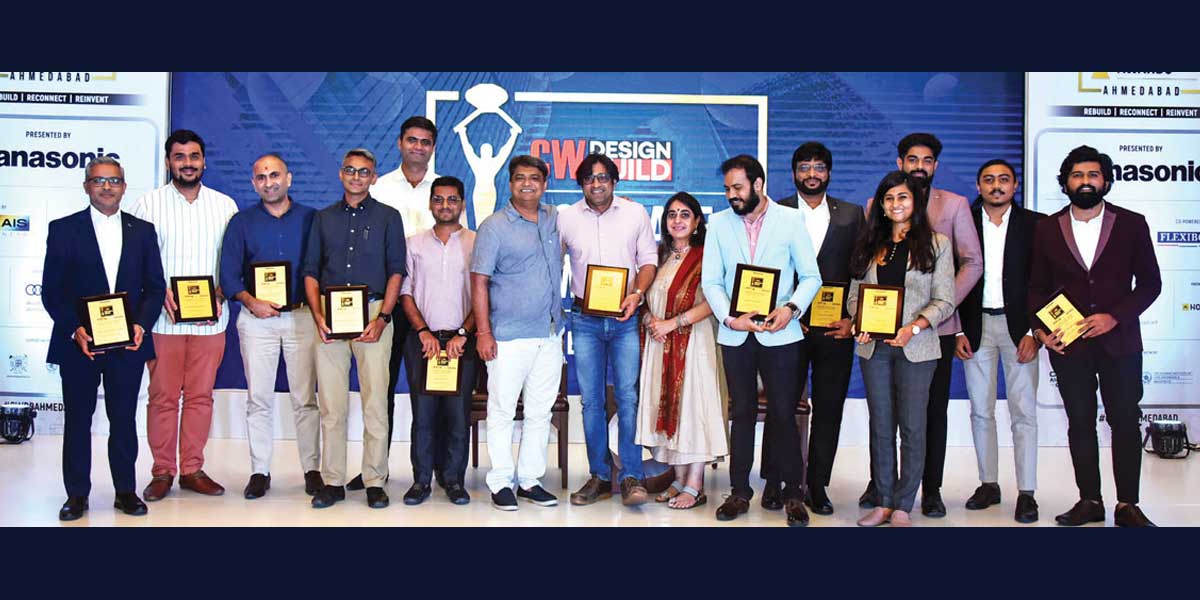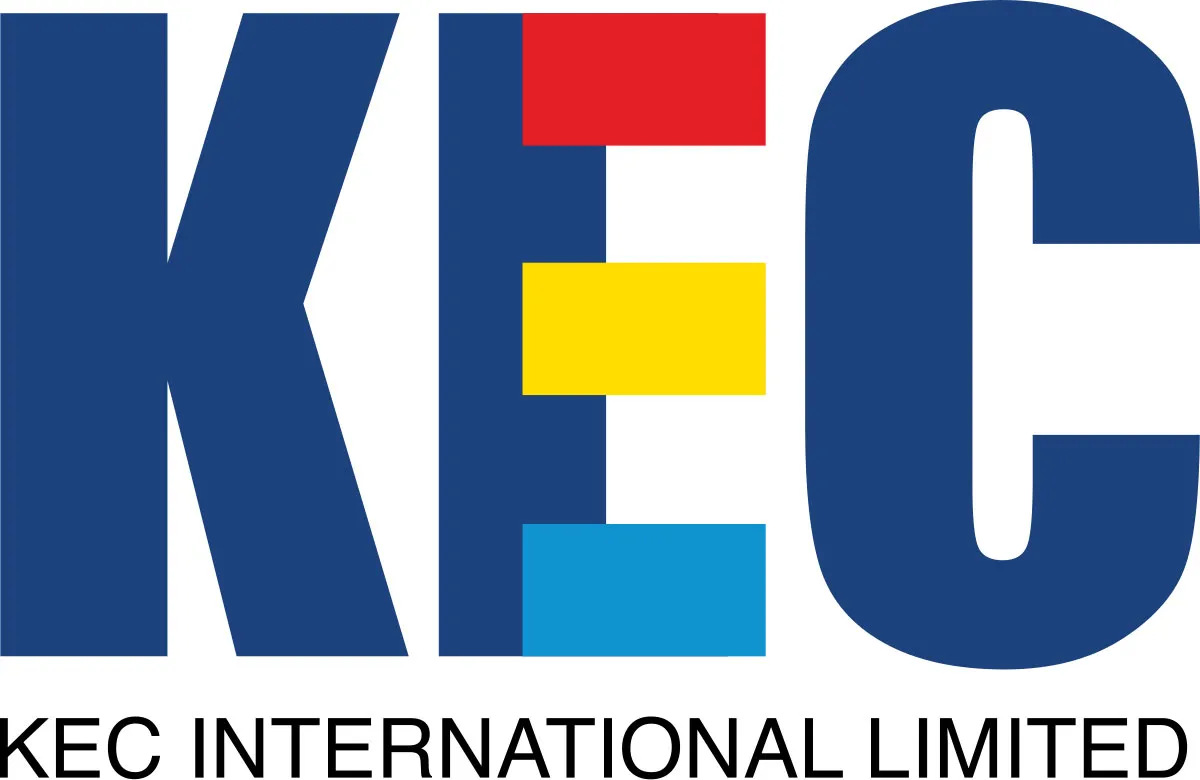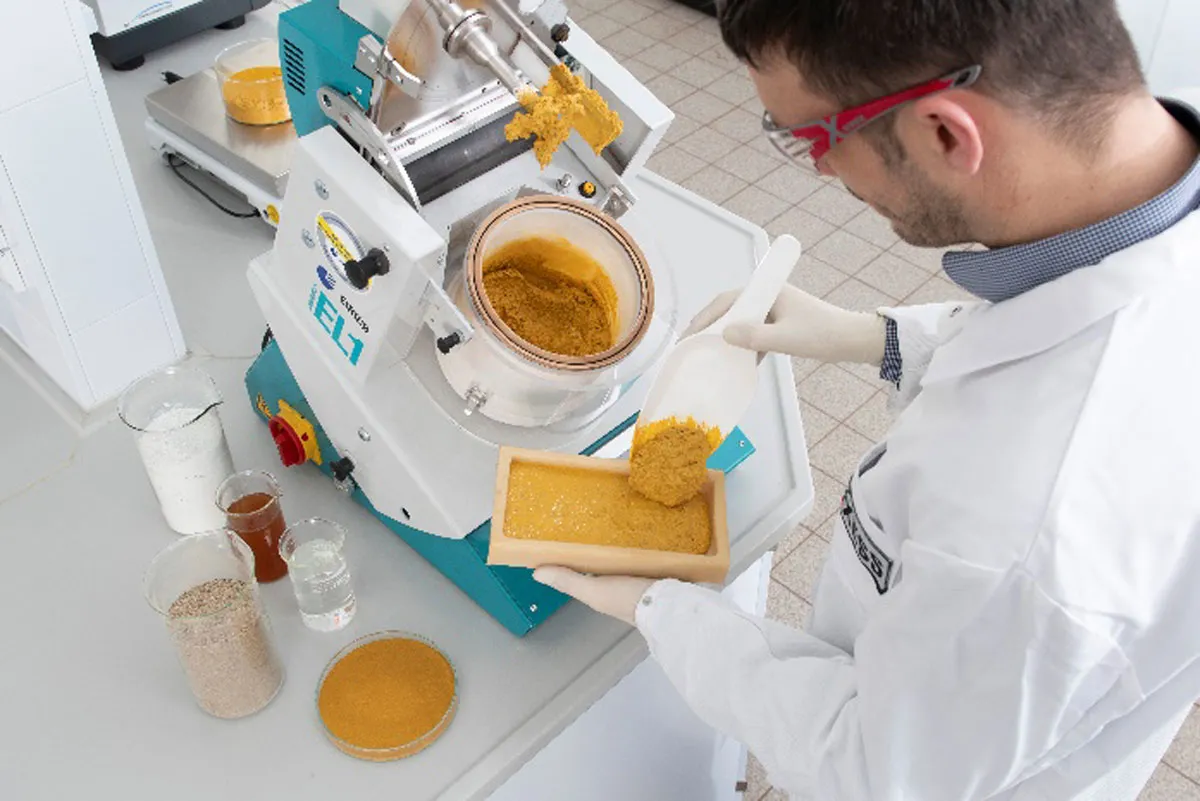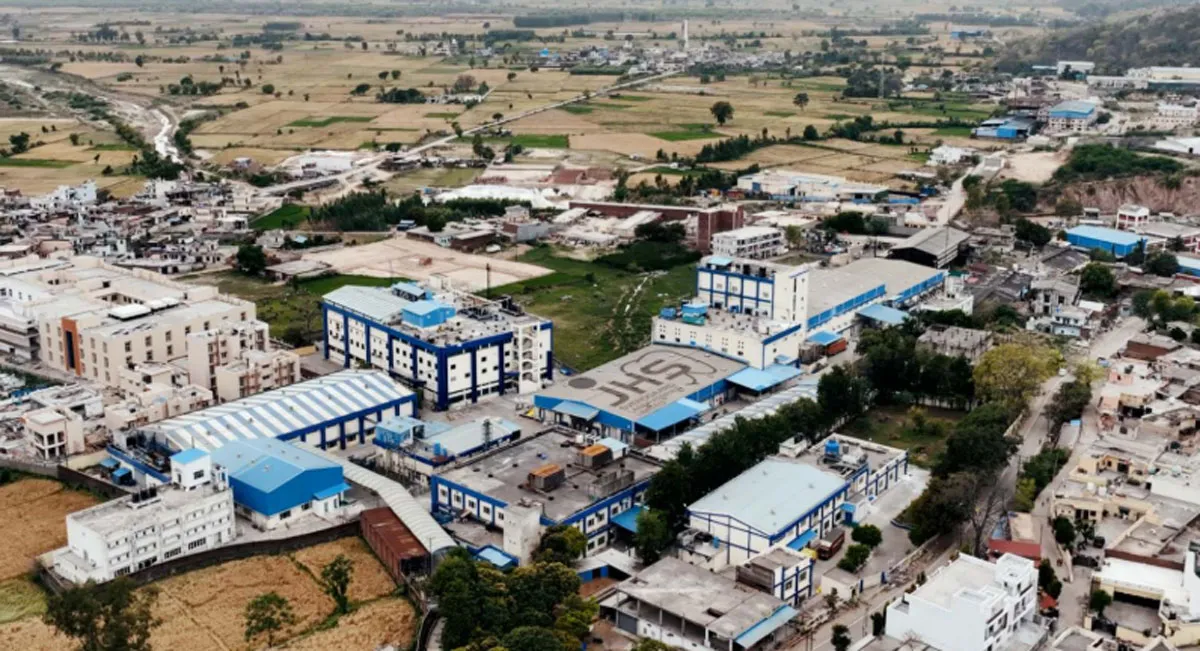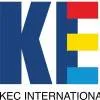In a multicity tour to celebrate its silver jubilee year, CW first travelled to Gujarat to felicitate the ‘Stalwarts of the West’ who have helped strengthen the built environment in the state.Gujarat has bagged the top spot in terms of foreign direct investment (FDI) for the fourth consecutive year now. With a 37 per cent share, the state received a total FDI of $30.23 billion in 2020-21.India’s largest circulated construction magazine with over 250,000 readers a month, CONSTRUCTION WORLD is celebrating its silver jubilee year. And to mark this milestone, it is undertaking a journey to various cities in India to felicitate stalwarts who have contributed to strengthening the built environment.Not surprisingly, Ahmedabad was chosen as the first city on CW’s journey. The CONSTRUCTION WORLD ARCHITECT & BUILDER (CWAB) AWARDS, known as the Oscars of the design and building industry, bring architects, builders and contractors on a common platform to recognise their noteworthy achievements. And now, with this multicity tour, CW worked on its unique event format and content, designing the CW DESIGN BUILD CONCLAVE & AWARDS that focuses on fast-changing trends. The first event on this journey was held at Ahmedabad’s Courtyard Marriott on October 6 to felicitate the ‘Stalwarts of The West – Gujarat’.Welcome and keynotesIn his welcome address, Pratap Padode, Founder and Editor-in-Chief, CONSTRUCTION WORLD & Founder and President, FIRST CONSTRUCTION COUNCIL, said, “While COVID disrupted our lives, for ASAPP Media it actually propelled us into going digital. Our website has grown 10 times with over 2.5 lakh visitors and has helped us to reach out to many more readers. India has changed a lot in these 25 years. The latest report says that India will be the third fastest construction market in the world by 2030. After a hiatus of a year, we are back with our physical events and our first event on this journey is right here in Ahmedabad to felicitate our ‘Stalwarts of The West – Gujarat’.Keynote speaker Paresh Sharma, Senior Fellow, World Research Institute, and former chief town planner, Gujarat Infrastructure Development Board, Department of Industries, Government of Gujarat, said, “The supply side of the construction industry is largely governed by state government policies, which is where the disparity between states is occurring. In the past few years, the Government of India’s policies have led to a real boost in the housing market. Planning rules and regulations are where we are struggling to get projects done faster. Getting funds for public infrastructure is another key point. We need to talk about standardisation of materials as well. We need to take our learning from the COVID situation ahead in the future. Material chain resilience was badly affected by the COVID situation.”Keynote speaker Architect Ranna Parikh, Immediate Past Chairperson, Indian Institute of Interior Designers, said, “The pandemic was our wakeup call as we need to gear up and build a conscious world by design. Climate change, increase in population and natural disasters have brought the topic of sustainability to the forefront. As architects, we have the responsibility to minimise the negative impact of buildings by enhancing efficiency, using new sustainable materials, and minimising wastage at sites. As architects and designers, we are emperors of change – let’s build high and rise responsibly!”Partners of the event included: Presenting Partner – Panasonic; the event was powered by Flais Granito and co-powered by Flexibond; Associate Partner – TATA Pravesh; Luxury Partner – Audi Ahmedabad; Knowledge Partner – Housing.com. Supporting partners included Gujarat Institute of Housing and Estate Developers – CREDAI; Gujarat Institute of Civil Engineers and Architects; and Gujarat Technological University.Panel discussion: Design-Build ExchangeThe panel discussion on the topic provided an engaging opportunity with thoughtful dialogue focused on best practices for design-build procurement, contracts and project delivery, especially in Gujarat.Moderator Viren Mehta, Managing Director-Office Services, Gujarat, Colliers, opened the discussion, highlighting, “We all know that real estate is among the sectors that gives the highest rate of employment and contributes the second highest in terms of GDP. As per a report by RBI, 80 per cent of wealth is parked in the real-estate market.”Anand Gupta, Director, AYG Realty & Chairperson, Housing & RERA Committee, Builders Association of India (BAI), shared his views on the present and future of real estate, “Real estate is going to be the need for another 50-60 years at an exorbitant rate and it will go on flourishing as more and more urbanisation takes place. I see a very bright future for this sector.”NK Patel, Founder & Chairman, Sun Builders Group, spoke about different methods of design-build execution: “There are four to five methods for a real-estate construction project. The first one is design, bid, and build, which is adopted more by state and Central Government agencies. The second method is design and build. The third is the construction risk manager method, where the owner appoints an expert. There are job-oriented contracts, PPP and boot systems.”“Design-build is the future,” added Taral Shah, Managing Director, Shivalik Group. “With this paradigm shift, we can reduce the construction cycle, limit communication channels at the point of contact and lower conflict. It has helped us deliver a lot of projects in time at better prices.”Rajesh Rasania, Metamorph Enterprise, spoke about the difference between design-build and design, bid and build. “Both are similar processes. In design, bid and build, you have different kinds of agencies; you have to choose the agencies and then execute the project via the agencies. In design-build, you have one entity and you have to discuss all the issues with that one entity who will deliver the project as per your expectations. Design-build is used for a lot of projects, such as infrastructure, real estate and roadways. In a lot of projects, design-build is a new paradigm that needs to be shifted to in the next two to three years.”Dr Vatsal Patel, Technical Consultant, GujRERA, spoke about the implications and benefits of design-build. “First, we need to understand the quantum and type of projects. In certain projects, you only have the possibility to use design-build to deliver in the stipulated time period. Design-build gives a lot of flexibility to contractors. As far as the time limit is concerned, design-build is the best option.” With regard to RERA, he added, “If there is a structural problem or bad quality of work in government scheme buildings, it is the responsibility of the authority to make proper rectifications and satisfy the owner. And so many government authorities are in support of design-build but private builders and contractors are not quite interested in design-build.”Here, Gupta added, “Although real estate has been a big industry, till 2017, there weren’t any big regulators. But from the time RERA has come up, a consumer booking a flat in an under-construction building is assured to get the house irrespective of delays. RERA laws are helping builders and contractors get loans as well. It has helped streamlining the industry.”Vaibhav Manke, Head-Key Accounts, Anchor by Panasonic, spoke about the risks involved in design-build, saying, “The design-build system also has a lot of risks, on both the owner’s and contractor’s side. If it is not planned and implemented properly, there are chances one side will get into a huge loss. Change of laws, material price rise and delay in payments can cause major chaos in the process. As of now, design-build is mostly used in commercial spaces and industrial projects; redevelopment projects are catching up. We should have a mechanism to mitigate the risks on both sides so that design-build will be accepted in many more sectors.”“We real-estate developers are a bit emotionally attached to the entire process even though we know the customers’ need,” added Shah. “I would like to opt for small affordable housing projects and industrial projects to use design-build.”Meanwhile, Dr Vatsal Patel spoke about the pros and cons as a consultant. “As a consultant, design-build is a better method for us, as the finances are mostly in time.”Rajesh Rasania addressed the communication gaps between stakeholders, saying, “As you are giving control of the project to one entity, no interference will be entertained by them.” He went on to add that there are chances of high misconceptions because even the staff would be hired by the entity, the contractors and builders. “These are a few problems we have faced in the design-build system.”NK Patel threw light on the pros and cons of the cost-plus method, which is generally used in real-estate projects. “When there is a rise in the price of raw materials, the cost-plus method is a must. In Ahmedabad, there are many semi-formal contactors, owing to which the construction cost is lesser than in other cities.”Viren Mehta went on to say that big projects such as the Statue of Unity and Motera Stadium are executed under design-build. He questioned: Is this what would be preferred now as far as government projects are concerned?To this, the panellists responded as follows:Anand Gupta: “It also depends upon the city and the finances.”NK Patel: “The project timeline is also important to choose design-build.”Rasania: “Design-build should be used only when there is proper trust and clear expectations from the contractor and clients.”Dr Vatsal Patel: “The timeline and the performance are important while choosing a particular method and if it fits your projects, you can choose design-build.”Manke: “In big projects, design-build is the only option to go to because of the expertise.”Shah: “It also depends on the contractor and his capabilities.”Panel discussion: Rethinking Architectural MethodologyThe panel discussion on the topic deliberated on the need to rethink and improve architectural methodology in the pursuit of better work. The panellists discussed current design practices and whether Lean architecture is the key to the success of design-build in India.Moderator Jagrut Patel, Founding Principal, Jagrut & Partners, opened the discussion saying, “We are a 5,000-year-old industry but compared to the other industries, we are still behind in terms of improvement. We are still battling old ideologies and are not quite up to date with new technologies that would will help us futureproof our industry.”He added that the automobile and IT sectors have evolved and boomed. “Can we adopt something from them?” he questioned. “Are we at a juncture where we need to relook into the ways we are looking, relook at the way we practise design and develop a methodology that will take us at the same speed as other industries are developing?Agreeing that there is a gap, Brijesh Bhatia, Principal, Groundwork Architecture, said, “We are not incorporating all the new innovations and developments happening in the IT industry in our sector, which might actually help the industry evolve. I also think we, as an industry, do not know how to accept new and fast knowledge. If we start some change at the education level, it can trigger an idea on how to grasp this changing environment of materials and technologies, which will help our industry to accept the change.”Snehal Suthar, Co-Founder, The Grid Architects, added, “The problem starts from childhood – the way our society treats children by discriminating on the basis of good marks and subject choices. The fear of failure is inculcated in us since childhood, which is a big hurdle to go ahead and accept new technologies. We need to encourage innovations and R&D, and accept new technologies. Builders need to invest in innovation as well.”Innovation should always have a social impact, averred Jagrut Patel. “It should transform the way society functions.”Architect Tapan Shah, Principal Architect, Studionine Architects, highlighted, “If we see different buildings over the past few years, there is hardly any difference in the evolution of architecture. We need to work with different materials and technologies to bring in that change. Funding is a major problem. We need to work on innovations and each firm should take the onus on themselves to have investment for innovation. Materials are something we can play with in terms of innovation and we should encourage students and institutions to work on these innovations.”“We, as architects, have to play a vital role in the development, lifestyle and value-adding of society,” said Jignesh Patel, Principal Designer, Creative Studio. “We have realised that space plays a vital role in one’s life and we need to give proper focus to that while designing. Both habitable and infrastructural spaces need an improvement in their designs. It will increase our architectural value and improve the life of the common people.”A common man will buy only one or two houses, compared to buying smaller gadgets, mobiles and even automobiles; so, they have a much larger market and huge competition, pointed out Architect Pravin Patel. “For the architecture and building industry, we need to give importance to design and innovation of materials and construction industries.”The automobile industry has made its products affordable and has a huge product range. That’s why they have generated such innovations and profits over the years. “We need to make housing and architecture affordable so that we can have a lifecycle that creates a lot of rotation in our business,” added Jagrut Patel. “We need to work towards standardisation of products.”How does collaboration help in the construction and architecture industry?“Collaboration is the need of this era of competition,” according to Prashant Parmar, Principal Architect, Shayona Consultants. “When an experienced firm or architect collaborates with a raw talent, it can create wonders. It is always good to collaborate with local firms or architects in foreign projects as they will know local norms, codes and conducts.”“Architects have been collaborating for a long time as we have been working with different consultants for years,” added Bhatia. “The idea of collaboration always existed. We need to think of collaborations beyond the boundary of consultants, which will help us grow our industry.”In today’s time, we need to give more recognition to people involved in the process for better collaboration, added Shah.Jagrut Patel went on to ask: “Can’t we think of incorporating management tools in our industry?”To this, Parmar responded: “Management is the core of any professional service. We are mainly into creating cultural complexes across the globe and the company has adopted Lean architecture management principles. These are key principles that we as architects should adopt in our work to create environment-friendly design. At our Sydney site, we have used site contour responsive design, which helped us eliminate waste. The Lean management principle helped us reduce cost and empower human potential. These are some of the things we can adopt in our work to make it simple.”Meanwhile, Suthar commented that the Lean management system is not that simple. “It will take time to adopt it. We can work with outsourcing.”Bhatia added that there is a place for creativity and good management practices to exist together. “If someone with management skills can help architectural firms, it will be really good for the industry.”However, Tapan Shah added that it also depends on the size of the firm and its ability to hire such talent.“We need to manage a perfect team balance for smooth working,” noted Pravin Patel.“What is the role of technology now? And how ready are we for an AI takeover?” questioned Jagrut Patel.“We are well acquainted with BIM, 3D printing technology, VR and AR, which helps our clients and us to visualise the project,” responded Parmar.“The drastic change in technological innovations in this decade has crossed leaps and bounds,” added Pravin Patel. “It started with computers and now we are going towards 3D.”“We are incorporating it in the early stages of projects as well as in the later part for clients to visualise,” shared Jignesh Patel.Technology is important but we need to keep working on our skills as well, pointed out Suthar. “AI can be inaccurate at times and dependency on humans will always be there.”Software is the backbone of a project now, commented Brijesh Bhatia. “Technology is here to stay and we have to adopt it and integrate it.”Apart from just drawing or visualising, technology is very important in building as well, noted Tapan Shah. “There are new technologies for construction as well.”Thirteen winners of the Stalwarts of the West – Gujarat were awarded at the glittering event. The winners included (in alphabetical order):Aarunya ArchitectsCreative StudioGroundwork ArchitectureHM ArchitectsJagrut & PartnersSavvy InfrastructuresPSP ProjectsThe Grid ArchitectsStudionine ArchitectsSTUDIO 2+2Shivalik GroupShayona ConsultantsNEXTSTEP Architects
